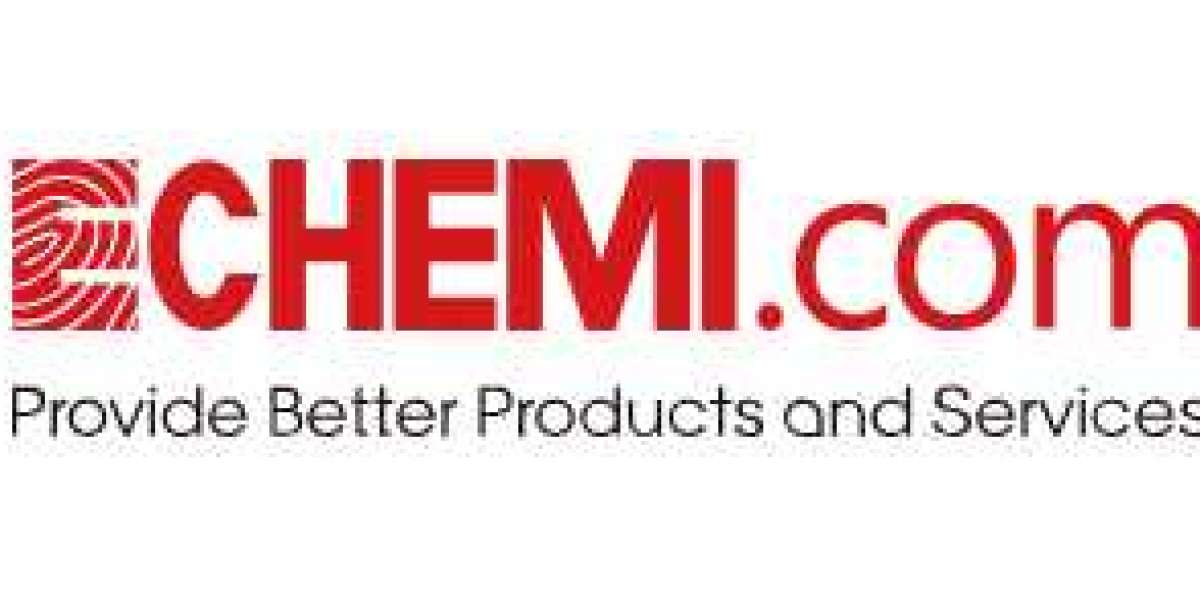Every step, from sourcing raw materials to delivering the final product, plays a crucial role in maintaining efficiency. When the stages of SCM are optimized, businesses experience reduced costs, better resource management, and faster delivery times. But how exactly do these stages impact business efficiency? Let’s explore the critical phases of supply chain management and their role in enhancing productivity.
Understanding the Stages of SCM
The stages of SCM are interconnected processes that transform raw materials into final products while ensuring seamless coordination across various business functions. These stages include:
- Planning
- Sourcing
- Manufacturing
- Delivery and Logistics
- Returns and Reverse Logistics
Each phase of supply chain management influences business efficiency differently. Streamlining these stages helps businesses remain competitive, reduce waste, and enhance customer satisfaction.
Planning: The Foundation of an Efficient Supply Chain
The first stage of supply chain management is planning, where businesses develop strategies to manage demand, inventory, and production. This phase is crucial because poor planning leads to delays, stock shortages, or excess inventory, all of which affect efficiency.
Companies use demand forecasting, data analytics, and predictive modeling to ensure accurate planning. Efficient planning minimizes unnecessary costs and optimizes resource allocation, making the entire supply chain smoother.
Sourcing: Strengthening Supplier Relationships
Once a business has a solid plan, the next step is sourcing the necessary materials or components. Choosing reliable suppliers is vital in this stage of SCM because inconsistent supply chains lead to production disruptions.
Businesses that establish strong supplier relationships benefit from better pricing, higher-quality materials, and on-time deliveries. A well-structured sourcing strategy improves procurement efficiency, reducing production downtime and ensuring consistent product quality.
Manufacturing: Converting Resources into Products
The manufacturing stage transforms raw materials into finished products. This phase of supply chain management heavily impacts business efficiency since production speed, waste reduction, and quality control directly influence profitability.
Companies adopting lean manufacturing techniques, automation, and AI-driven production systems can enhance efficiency while reducing costs. A streamlined manufacturing process ensures products meet quality standards and reach the market faster, ultimately improving customer satisfaction.
Delivery and Logistics: Ensuring Timely Distribution
An efficient supply chain is incomplete without a reliable delivery system. The logistics phase ensures that products reach customers or retailers in a timely and cost-effective manner. Efficient transportation and distribution networks significantly impact customer satisfaction and operational efficiency.
Businesses leverage route optimization, inventory management systems, and third-party logistics (3PL) providers to streamline deliveries. Faster and more cost-effective deliveries strengthen brand reputation and drive customer loyalty.
Returns and Reverse Logistics: Managing Post-Sale Processes
Handling product returns is an essential but often overlooked stage of supply chain management. Reverse logistics involves managing defective or unwanted products efficiently to minimize financial losses.
A well-structured returns process reduces wastage, enables product refurbishing, and improves customer trust. Businesses that streamline returns experience lower losses and enhanced sustainability, contributing to overall efficiency.
The Impact of SCM Stages on Business Efficiency
Optimizing each stage of SCM directly impacts business efficiency in the following ways:
- Cost Reduction: Effective planning, sourcing, and manufacturing lower operational costs by eliminating unnecessary expenses.
- Improved Customer Satisfaction: Faster deliveries and high-quality products enhance customer trust and brand loyalty.
- Better Inventory Management: Accurate demand forecasting prevents overstocking and stockouts, ensuring smooth operations.
- Increased Profitability: Efficient supply chain processes reduce delays and maximize output, leading to higher profits.
Conclusion
The stages of SCM are essential to maintaining business efficiency. A well-structured supply chain ensures smooth operations, cost savings, and improved customer satisfaction. By optimizing planning, sourcing, manufacturing, logistics, and returns management, businesses can enhance overall productivity and remain competitive in a fast-changing market.
Explore our AI-based SaaS platform to predict sales volume and demand trends. To know more, visit: https://thousense.ai/pricing
Source: https://phileo.me/blogs/326517/How-Do-the-Stages-of-SCM-Impact-Business-Efficiency



